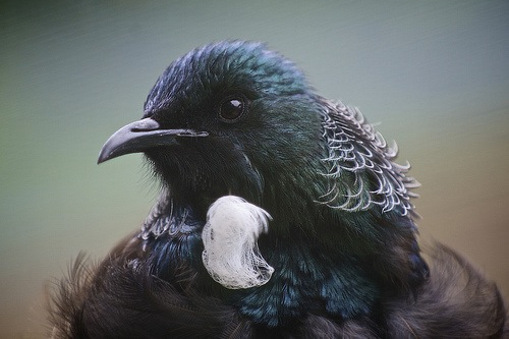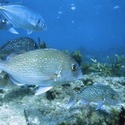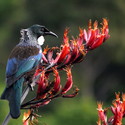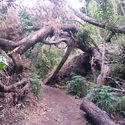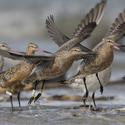Kim Oliver was a year 6 teacher on a 6-month Primary Science Teacher Fellowship awarded through the Royal Society of New Zealand, and her placement at the Science Learning Hub gave her the opportunity to create a collection of resources on conserving native birds for the site.
Kim wanted to choose a contextual topic that would be easily applicable to teachers of years 5–8.
There are many ecosanctuaries throughout New Zealand, which makes this story easily accessible for all students throughout New Zealand, and it is a topic often chosen by teachers of primary students.
New Zealand research
Most of the science in these resources are based on current practice in New Zealand – the role of predator-proof environments and captive management and breeding programmes. There has been ongoing research into the role of birds in forest ecosystems, particularly the kererū, and more recently regarding the problems involving reduced genetic diversity when species are translocated to offshore islands. Kim spent quite a lot of time researching scientific publications to gain background information on these concepts.
Kim interviewed scientists involved in conservation research and visited various conservation organisations throughout New Zealand. These included Maungatautari Ecological Island Trust, Kapiti Island, Tūhua (Mayor) Island, Willowbank Wildlife Reserve, Kiwi Encounter at Rainbow Springs, Nga Manu Nature Reserve, Zealandia, Pūkaha Mount Bruce, Ōtari-Wilton’s Bush and Rotokare Scenic Reserve. In visiting these sites and speaking to the staff, Kim was amazed to see the effect of conservation efforts and the difference made to the state of our native bird populations. She was particularly impressed with seeing first-hand what a difference offshore islands can make to native bird populations – the birdlife was astounding.
Science ideas and concepts
Before training as a primary teacher, Kim had completed a Bachelor of Science (Anatomy). In working in primary schools, she knew that her situation was quite rare and most primary teachers do not have science degrees. Kim therefore wanted to make sure that the resources were easy to follow and the science ideas and concepts were easily explained.
The big ideas that were the focus:
- Adaptation – New Zealand native birds are ill-adapted to sustain their populations in such a rapidly changing environment. This has led to them becoming vulnerable to predation.
- Conservation – there are many different methods used in New Zealand to conserve our native bird species.
- Ecosystems – all living things are linked together by ecosystems. Native birds have important roles in the sustainability of native trees.
All of the student activities reinforce these concepts and the unit plan, which can be downloaded, also link these concepts together.
Student activities
Coming straight from a primary classroom, Kim was aware that teaching the Living World strand is often fact-based and has limited opportunities for hands-on science and so aimed to design activities that were as interactive as possible to engage students. For example try making a tracking tunnel, classify the different adaptations birds have made or build a food web that represents the New Zealand bush ecosystem.
